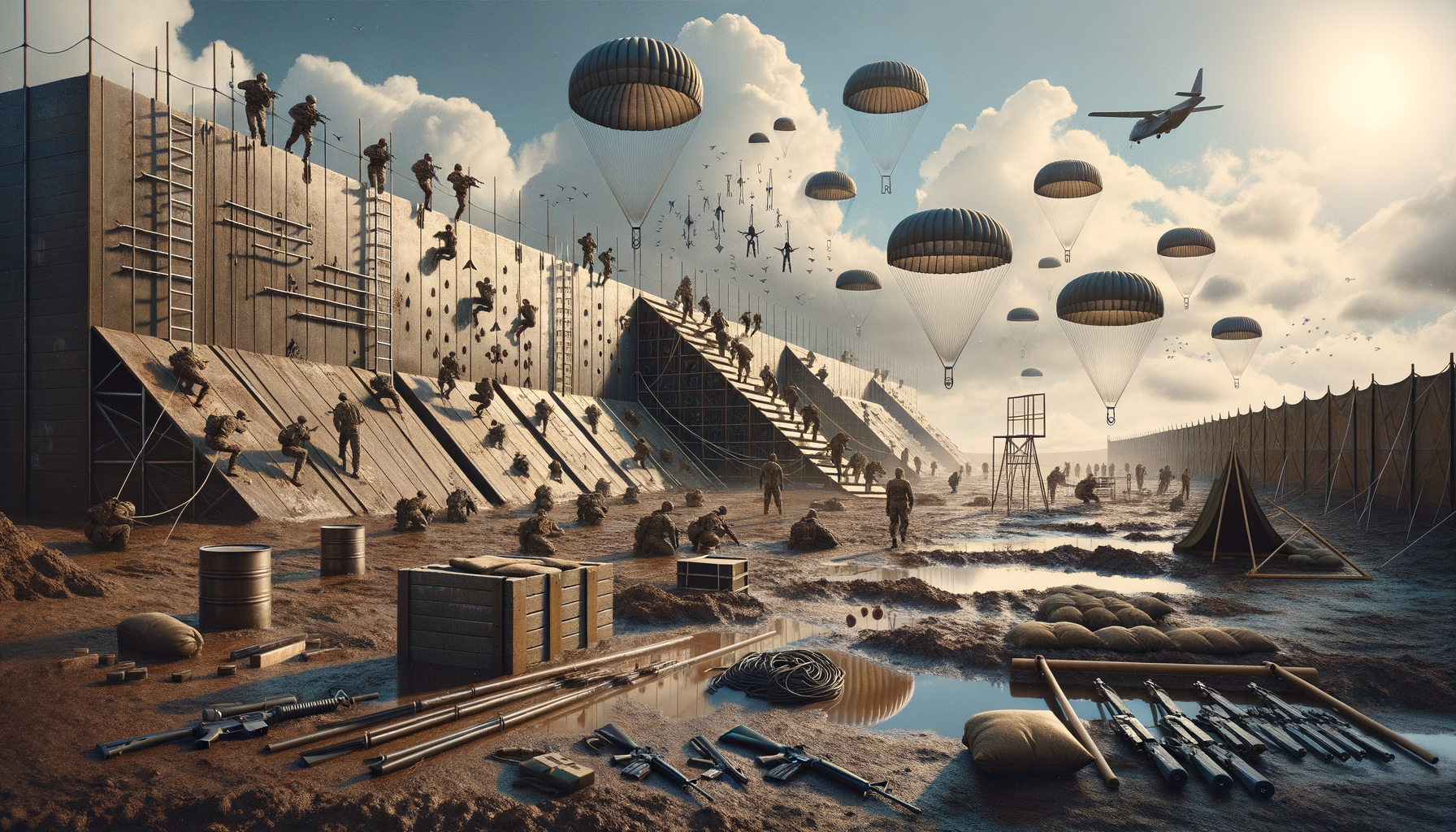
Military Careers in the U.S.: Get Started with Training
Understanding Military Training: An Essential Foundation
Military training serves as the backbone of a soldier’s career, providing the skills and knowledge necessary to perform effectively in various roles. This structured training is designed to build physical endurance, mental resilience, and technical proficiency. Each branch of the military has its own training program tailored to its specific needs and missions. For example, the Army focuses on ground combat skills, while the Navy emphasizes maritime operations.
Training programs typically begin with basic training, often referred to as boot camp, which introduces recruits to military life. This phase is crucial as it instills discipline, teamwork, and a sense of duty. Recruits undergo rigorous physical conditioning, learning to operate under stress and adapt to demanding environments. The curriculum also covers military protocols, weapon handling, and first aid.
Beyond basic training, soldiers receive specialized training based on their chosen Military Occupational Specialty (MOS). This specialized training ensures that individuals are prepared for their specific roles, whether it be in engineering, medical services, or aviation. The comprehensive nature of military training ensures that personnel are well-equipped to handle the challenges of their assignments.
Comparative Analysis of Training Across Military Branches
While all military branches share a common goal of preparing soldiers for service, the training methodologies and focus areas can differ significantly. The Army, for instance, places a strong emphasis on infantry combat and leadership skills. Its training programs are designed to develop soldiers who can lead units in various combat situations.
In contrast, the Navy’s training focuses on maritime operations and technical skills related to shipboard duties. Sailors are trained in navigation, engineering, and communication systems. The Air Force, on the other hand, prioritizes aerospace operations, requiring airmen to undergo specialized training in aircraft maintenance, piloting, and air traffic control.
The Marine Corps is renowned for its rigorous physical training and emphasis on amphibious warfare. Marines are trained to be versatile, capable of operating in both land and sea environments. The Coast Guard, though smaller in size, focuses on maritime safety, law enforcement, and search and rescue operations.
Each branch’s unique training program reflects its operational focus and mission objectives. This diversity in training ensures that the military as a whole is capable of responding to a wide range of scenarios, from humanitarian missions to combat operations.
The Role of Technology in Modern Military Training
In recent years, technology has played an increasingly important role in military training. Advanced simulators and virtual reality systems are now integral to training programs, providing realistic and immersive environments for soldiers to practice their skills. These technologies allow for the simulation of complex combat scenarios, enabling soldiers to train in safe, controlled settings.
For example, flight simulators are used extensively in the Air Force to train pilots without the risks associated with live flight training. These simulators replicate various aircraft and flight conditions, allowing pilots to hone their skills and respond to emergencies.
Similarly, virtual reality is used to train infantry soldiers in urban combat scenarios. These VR systems provide a highly realistic experience, enabling soldiers to practice tactics and decision-making in a virtual environment. The use of technology in training not only enhances the effectiveness of military programs but also reduces costs and risks associated with traditional training methods.
As technology continues to evolve, its integration into military training programs is likely to expand, offering new opportunities for innovation and efficiency. The military’s adoption of cutting-edge technology underscores its commitment to maintaining a well-trained and adaptable force.


